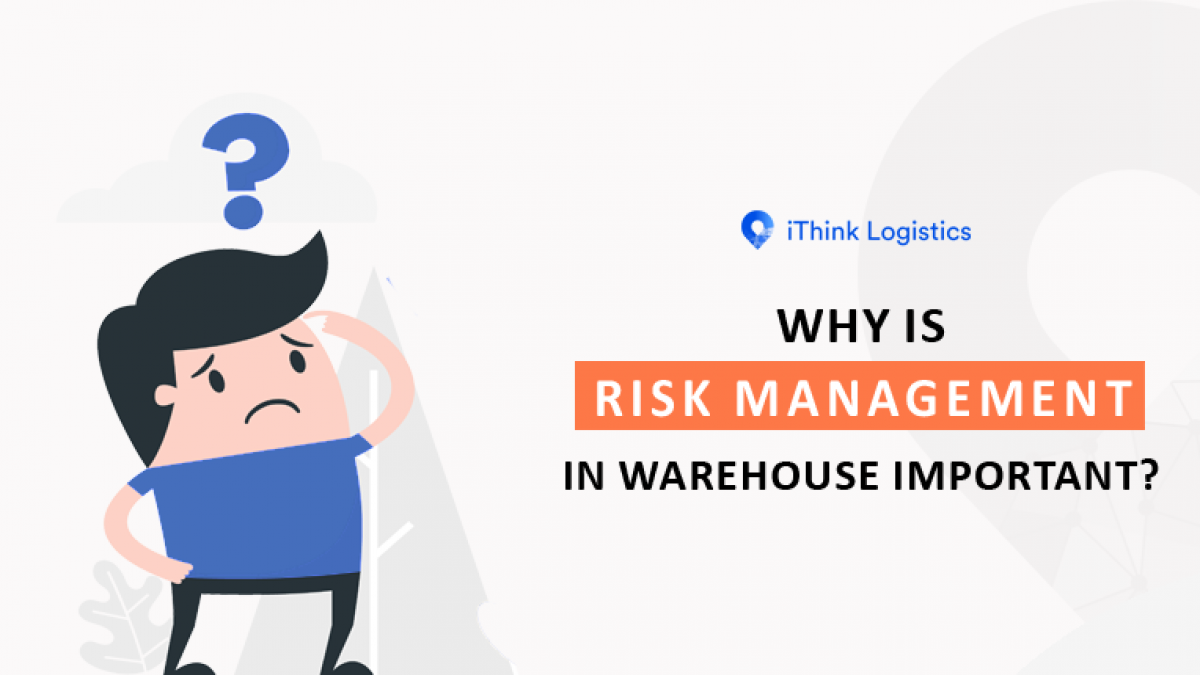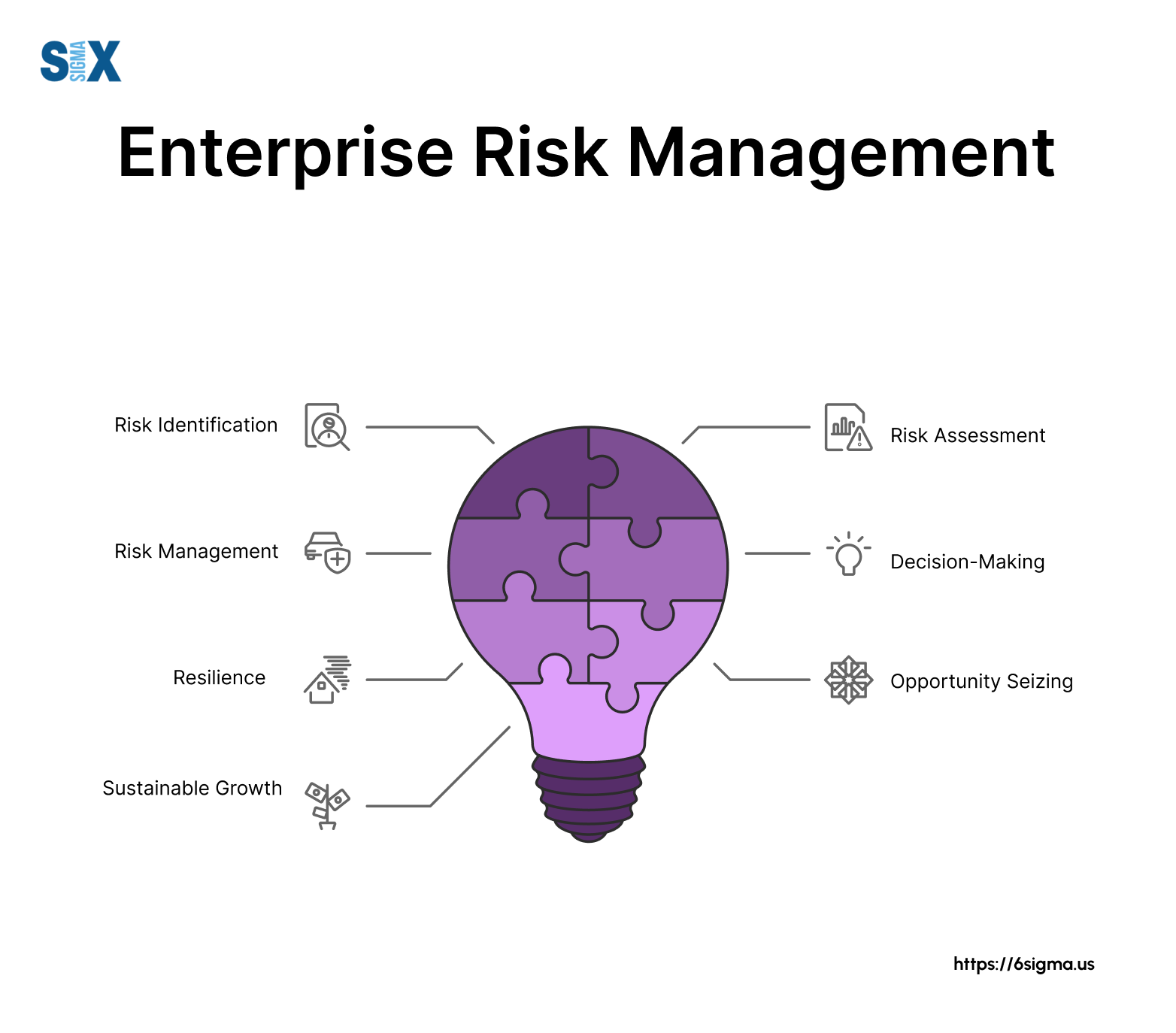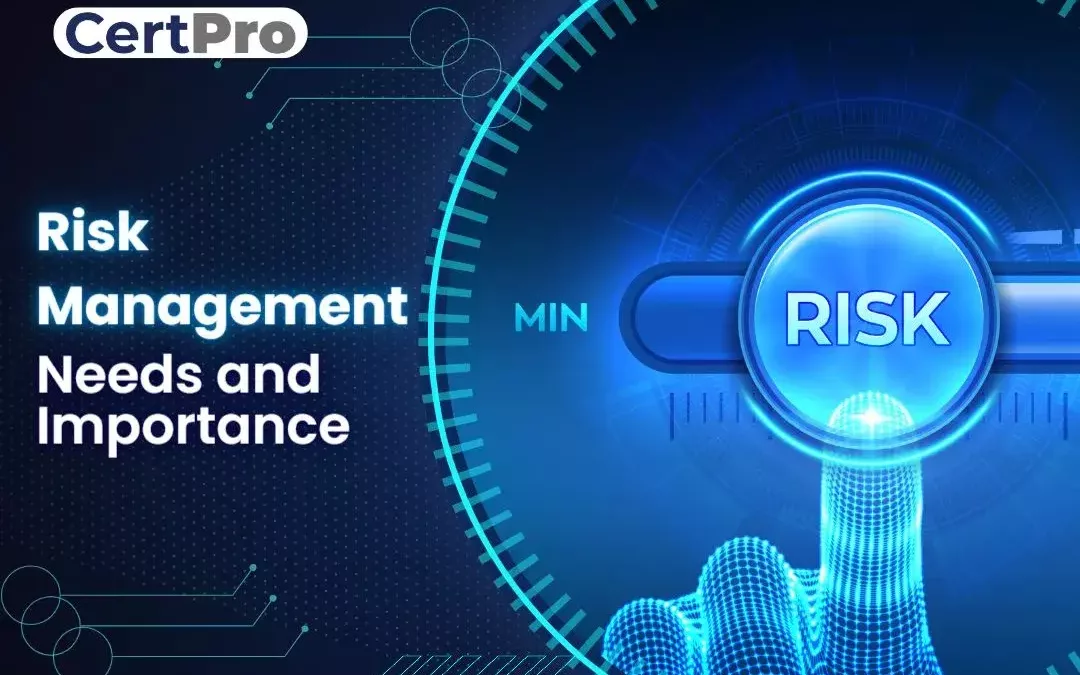Navigating the Difficulties: Understanding the Importance of Risk Management
Navigating the Difficulties: Understanding the Importance of Risk Management
Blog Article
Discovering the Relevance of Risk Management for Effective Decision-Making Approaches
In the detailed world of business, Risk Management becomes an important consider the decision-making procedure. The ability to recognize potential threats and possibilities, and plan appropriately, can spell the distinction in between success and failing. With tools such as SWOT and PESTEL, companies are furnished to make educated selections, promoting durability and versatility in an ever-changing atmosphere. Wondering how this works? Let's unbox the characteristics even more.
Recognizing the Principle of Risk Management
Risk Management, a critical element in decision-making, is commonly misconstrued or oversimplified. Risk Management involves disciplined and organized strategies, using data and insightful evaluations. From economic uncertainties, lawful responsibilities, tactical Management mistakes, to accidents and all-natural calamities, it attends to various dangers - importance of risk management.
The Function of Risk Management in Decision-Making Processes
In the realm of critical preparation and service operations, Risk Management plays an indispensable function in decision-making procedures. Risk Management thus ends up being a crucial device in decision-making, helping leaders to make informed selections based on an extensive understanding of the risks involved. Risk Management serves as a vital element in the decision-making processes of any type of organization.

Exactly How Risk Management Enhances Strategic Preparation
In the context of critical planning, Risk Management plays a pivotal role. Launching with the identification of possible risks, it additionally encompasses the execution of Risk mitigation procedures. The function of Risk Management is vibrant yet not fixed, as it demands constant monitoring and adjusting of strategies.
Recognizing Prospective Dangers

Executing Risk Mitigation
Risk reduction approaches can range from Risk avoidance, Risk transfer, to take the chance of decrease. Each strategy must be tailored to the certain Risk, considering its prospective influence and the company's Risk tolerance. Efficient Risk reduction requires a deep understanding of the Risk landscape and the prospective effect of each Risk.
Surveillance and Adjusting Strategies
Though Risk mitigation is a vital action in strategic planning, continuous surveillance and change of these approaches is similarly vital. This ongoing procedure permits organizations to identify new threats and reassess existing ones, making sure the executed strategies continue to be efficient in the ever-changing organization atmosphere. It likewise offers a chance to examine the success of the Risk Management procedures, allowing adjustments to be made where necessary, additional enhancing strategic preparation. Efficient surveillance and adjustment require the use of analytics and essential performance indications (KPIs) to gauge effectiveness. These devices supply beneficial data-driven insights that can notify calculated decision-making. Consequently, surveillance and adjusting Risk Management methods is an important element for enhancing a company's durability and critical preparation.
Instance Studies: Effective Risk Management and Decision-Making
Worldwide of company and finance, effective Risk Management and decision-making commonly work as the pillars of flourishing ventures. One such entity is a multinational oil company that mitigated financial loss by hedging versus varying oil rates. In another circumstances, a technology start-up grew by identifying and approving high-risk, high-reward approaches in an unpredictable market. A worldwide financial institution, confronted with regulative uncertainties, successfully browsed the scenario with aggressive Risk analysis and dynamic decision-making. These cases highlight the value of astute Risk Management my response in decision-making procedures. It is not the absence of Risk, however the Management of it, that commonly differentiates effective firms from unsuccessful ones. These instances highlight the crucial role of Risk Management in calculated decision-making. importance of risk management.
Tools and Methods for Efficient Risk Management
Browsing the complex puzzle of Risk Management calls for the best set of tools and strategies. These devices, such as Risk signs up and pop over to these guys heat maps, help in recognizing and evaluating possible dangers. Strategies include both quantitative approaches, like sensitivity evaluation, and qualitative approaches, such as SWOT analysis. These assistance in focusing on dangers based on their potential impact and likelihood. Risk reaction approaches, a vital element of Risk Management, include approving, preventing, moving, or mitigating dangers. Monitoring and controlling risks, through normal audits and reviews, ensure that the strategies stay efficient. With these devices and techniques, decision-makers can browse the complex landscape of Risk Management, consequently promoting notified and effective decision-making.
Future Trends in Risk Management and Decision-Making Techniques
As we explore the substantial landscape of Risk Management, it comes to be obvious that the devices and techniques used today will certainly proceed to develop. The concept of Risk society, where every member of a company is aware and included in Risk Management, will certainly obtain much more prominence. These patterns proclaim a more proactive and comprehensive approach towards Risk Management and decision-making.
Conclusion

Risk Management hence comes to be a vital device in decision-making, aiding leaders to make informed options based on a comprehensive understanding of the dangers included. Risk mitigation approaches can vary from Risk avoidance, Risk transfer, to run the risk of decrease (importance of risk management). Efficient Risk mitigation needs a deep understanding of the Risk landscape and the potential influence of each Risk. Risk response techniques, a crucial part of Risk Management, entail accepting, avoiding, moving, or mitigating dangers. The idea of Risk culture, where every participant of a company is conscious and involved in Risk Management, will acquire a lot more prestige
Report this page